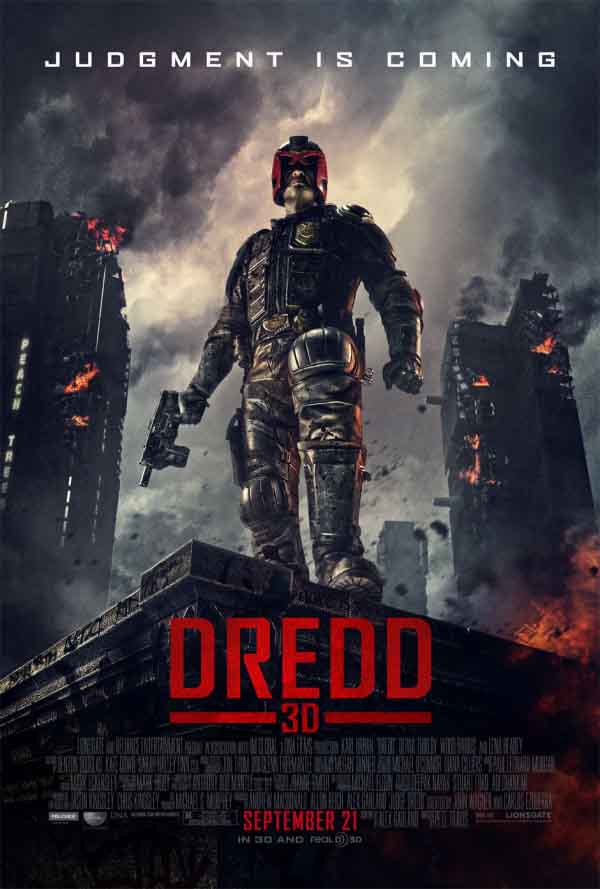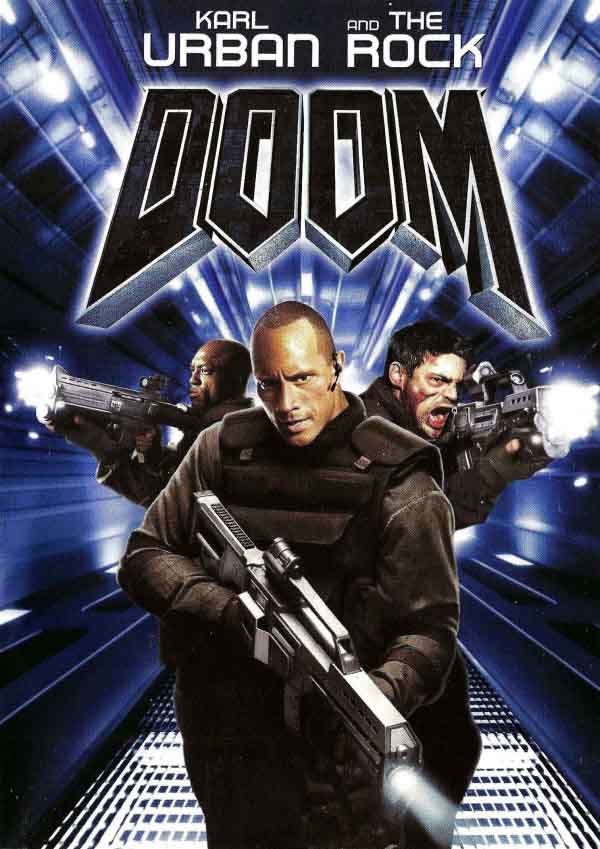Dredd takes 1950s noire themes and explodes them into a 21st century action film wrapped around a 1980s concept, but does so successfully and produces a thoughtful action film with a subtle but revelatory character study which makes it both fit together as a realistic drama and uphold the standards of its comic book origins.
The film takes place in a 24th century dystopian sprawl that is what remains of the USA. 800 million people live in Mega-City One, where over 17,000 crimes are committed daily. To keep up with the decay, police and courts have been combined into one forces: the Judges. Roughly analogous to medieval knights, these warriors roam the city and find criminals and administer punishment on the spot, including death. One detail that most fail to notice about this film is that in the poorest areas of Mega-City, just about every person is on welfare. In the Peachtrees Tower where most of the action takes place, 96% of the residents are on welfare. This gives Dredd a realistic take on dystopia, which is that it is a dystopia-utopia where good intentions and expanding humanity have led to an unstable situation.
Karl Urban creates from Judge Dredd the most believable film version yet, restraining verbal expression to the minimum but using pauses and body language to convey more nuanced reactions. Dredd follows the Judge as he takes a new colleague, Anderson, into a futuristic equivalent of the apocalyptic Section 8 housing in American cities today in pursuit of evil drug dealers who are terrorizing the helpless residents. This part of the plot feels like a 1980s holdover and my guess is that most of the people who took exception to this movie did so as a reaction to this aspect of the plot. However, the drug angle takes no greater significance in the plot than to introduce wealthy bad guys with infinite men to spare so that Dredd and friends have someone to fight that will result in a high body count which will disturb no one because of zero sympathy for the dead. The movie adds a 21st century comic book feel by incorporating technological and metaphysical aspects to the plot, expanding it from a pure adrenaline action flick to more of a science fiction hybrid, in a slightly less nuanced version of what Aliens and Terminator did, which is to create a realistic situation in which technology fails and bravery must prevail, and thus bring out some depth to the characters. Urban’s Dredd grimaces and gruffly commands his way through the movie but increasingly reveals the complex mentation required for someone to dedicate his life to thankless fighting of evil with certainty of ultimate death, giving us the most believable Dredd yet.
While not all of this film will appeal to those who find comic books one-dimensional, the filmmakers did their best to rein in those impulses while still delivering enough violence and terror to give this movie the impact it needs to be convincing. Eschewing the approach of the 1990s Stallone Dredd, Urban’s Dredd exists in a world that is more noire than superhero: dark hopeless human existence in which the Judges are more pathological authoritarians than happy heroes, and humanity is revealed as the mewling parasite that it seems to be. In the end, the film is both entertaining and compelling, giving this character fullness in an energetic retelling of a tale as much concerned with order versus chaos as the old Westerns and King Arthur era stories that surely inspired the creation of this one as much as its futuristic dystopian setting.
http://www.youtube.com/watch?v=PifvRiHVSCY
31 CommentsTags: action, dredd, karl urban



